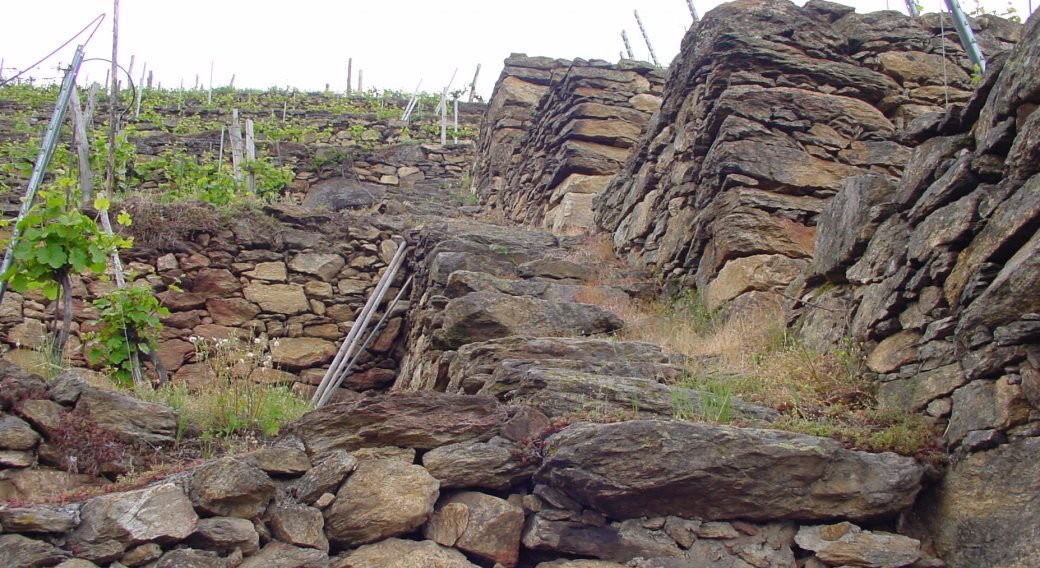Dry stone walls symbol of heroic viticulture, World Heritage
NewsIt is the second rural practice recognized by UNESCO after the "alberello" cultivation of Pantelleria

The territories identified by UNESCO for dry stone walls (Cyprus, Croatia, France, Greece, Italy, Slovenia, Spain and Switzerland) correspond to the areas suitable for heroic viticulture.
The recognition by UNESCO of the rural practice of the art of dry stone walls, which has been included in the list of elements declared intangible cultural heritage of humanity, represents a great testimony for the heroic viticulture in the entire Mediterranean area and for the territories on steep slopes, honoring and further qualifying the work of heroic winegrowers». Roberto Gaudio, from Cervim, highlights how the art of dry stone walls - belonging to Cyprus, Croatia, France, Greece, Italy, Slovenia, Spain and Switzerland - follows the geography of heroic viticulture, which is obviously wider.
It is the second time - recalls the Cervim - after the traditional practice of growing the Pantelleria "alberello" vine, which is attributed this recognition to an agricultural and rural practice; and also the Sicilian island is one of the symbolic territories of extreme wines of great quality.
"Dry stone walls are the hallmarks of the heroic wine-growing landscape. And the non-transferability of these landscapes - adds Mr Gaudio - characterizes them with cultural values, identities and economic and tourist attractiveness, as guardians of the territory and the landscape. Undoubted and now recognized, thanks to the work of Cervim carried out in recent years, the great landscape value of these environments. Thanks to the heroic winegrowers who, over the centuries, with hard work and skill through a commendable work have been able to shape inaccessible and difficult territories, we have come to the recognition as a world heritage site for this unrepeatable landscape».
The other UNESCO awards related to heroic viticulture - In 1997 and 2000 respectively there was the recognition, as cultural landscape (also for the presence of vineyards) of the Cinque Terre National Park in Italy and the Wachau Region in Austria; in 2001 there was, for the first time in the world, the recognition of the wine-growing landscape of the Douro Region in Portugal, followed in 2004 by Ilha do Pico in the Azores, the Lavaux area in Switzerland in 2007 and finally by Langhe, Roero and Monferrato in Italy in 2014; in the same year there was also the recognition of the system of cultivation of the "alberello" vine of the island of Pantelleria, the first cultural element in the world of agricultural character recognized by UNESCO.